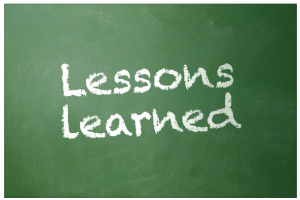
Atlas Rubicon, ManageBac, and homegrown curriculum mapping tools can provide the platform to construct, curate and communicate what we want teachers to teach and students to learn. Yet, one of my lessons learned is that one doesn’t have to go with one of the prominent providers, and in the end, there is much more to curriculum mapping than the tool.
The other day a friend explained that his school decided to design its mapping tool using Google Apps to replace their current provider. We didn’t talk about the reasons for the change, but one reason might have been the lack of individualization that a company cannot always provide, or cost might have been an issue.
This was our experience at Hong Kong International School when we met with the sales team for one of the prominent providers. We realized the path to take would be to build our platform, and we had the man who could do it in Justin Hardman. We walked away feeling our very dynamic school would not fit into the mold of what a one size fits all approach would provide.
Connecting to the school’s mission and vision for the future is another crucial lesson to incorporate into the planning process. One of our lessons learned was that we wanted a portal that would be a one-stop shop for curriculum curation, a Virtual Learning Environment (now called Learning Management System), and digital portfolios. We also wanted this new sharing experience called “social networking” to be a part of the functionality. This vision of a multifaceted tool was a huge lesson learned as it became a reality to think big, looking to the future of what our needs might be. Sometimes school leaders look at technology programs in the present and even the past instead of looking out to what their needs could be in the future.
Integration and adaptability guided Justin as he coded and created what would be called the “myDragonNet” platform. To learn more about it, here is an article describing the platform that Justin built with guidance from David Elliott.
Another lesson learned was that if you build it, they will not always come to it. 🙂 We know with any new program, tool, system, etc. that stakeholders need to come together to develop a plan to then move into action. This people side of the curriculum mapping process is so important and one that we developed a very structured roll out system around. Here are some resources to support the process truly making one’s mapping tool an integral part of your learning community whether you purchase or build it yourself.
All Aboard Article
Nuts and Bolts of How to Develop a Curriculum Review System
Building a Curriculum Collaboration System
Ed Tech Co-Op Podcast
Leave a Reply